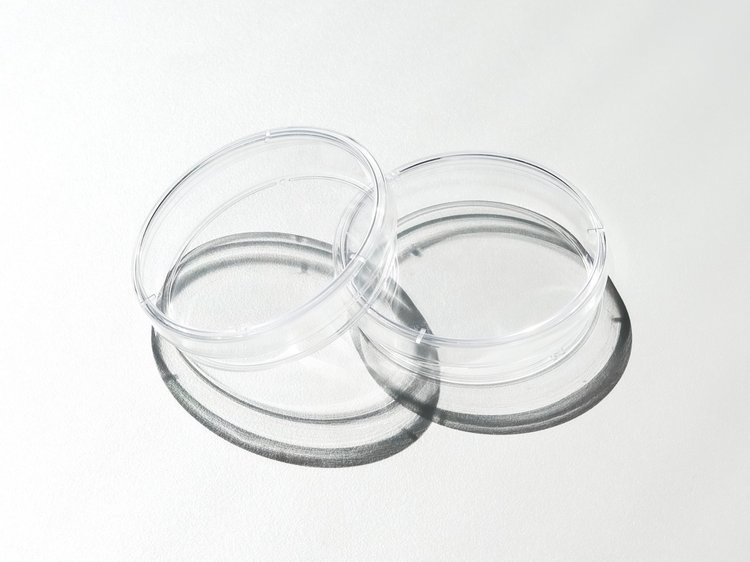Sperm Retrieval
Sperm Retrieval at Men’s Health Clinic Manitoba helps couples conceive using assisted reproductive technologies like IVF when natural ejaculation isn’t possible.
Sperm Retrieval in Winnipeg
Sperm Retrieval is a specialized medical procedure designed to obtain sperm from men who cannot release sperm through ejaculation. This can be due to various reasons like vasectomy, congenital absence of the vas deferens, or non-obstructive azoospermia. The acquired sperm is often used in conjunction with assisted reproductive technologies, such as IVF, to achieve pregnancy.
Depending on the specific cause and condition, there are several methods for sperm retrieval, including PESA (Percutaneous Epididymal Sperm Aspiration) and TESE (Testicular Sperm Extraction). Each method is tailored to the individual’s situation to maximize success rates.
In simpler terms: Sperm Retrieval is like a specialized extraction process to help couples achieve their dreams of parenthood when natural ejaculation isn’t an option.
At Men’s Health Clinic, Manitoba, we provide expert sperm retrieval services. Our dedicated team understands the emotional weight of fertility challenges and is committed to offering compassionate, efficient, and effective solutions to help couples on their journey to parenthood.


Treatment Highlights
Tailored Solutions
Men’s Health Clinic Manitoba provides specialized sperm retrieval services, offering solutions for couples facing fertility challenges.
Parenthood Support
The clinic's procedures enable couples to pursue assisted reproductive options like IVF, fostering hope for achieving parenthood.
Frequently asked questions about vasectomy reversals.

A MicroTESE is a highly specialized method of extracting sperm. It is typically reserved for men who do not produce any sperm (azoospermia) due to a production problem. Very few surgeons perform this procedure.
MicroTESE is performed as a day surgery (you will go home the same day). A small (2-3 cm incision) will be made in the midline of the scrotum. The doctor will open the testicle and look under a high-powered operating microscope to evaluate the tubules that are swollen that may contain sperm. The exact same procedure will occur on the other side. The testicle is then closed with the skin closed using absorbable stitches.
Other notes about the procedure:
You will need to refrain from eating or drinking the night before surgery.
You will need a ride home after your surgery.
A Micro-TESE can take several hours to perform to ensure the entire testicle has been evaluated.
We will call you and your partner at the end of the day to go over the results of the procedure.
Bleeding
Infection
Inability to retrieve sperm
Inability of sperm to survive freezing (if frozen)
Risks of anesthesia
Nothing to eat or drink after midnight, the evening prior to your surgery
If you are taking any blood thinners (aspirin, warfarin, etc...) please check with our office for instructions
Arrange for someone to drive you home after your procedure
Shave the scrotum 24 hours before the procedure
Take a warm shower the morning of the procedure
Apply an ice pack to the scrotum for 10 minutes on, then 10 minutes off, for the first 2 hours after the procedure. Repeat as necessary.
We recommend that you “take it easy” for 24 hours.
You can shower after 48 hours, no baths for 2 weeks.
No heavy lifting for 2 weeks.
No intercourse or masturbation for 2 weeks.
This is a great question and a topic that is highly debated. The overwhelming majority of centres globally perform MicroTESE as a frozen procedure. This means the MicroTESE is performed before the IVF cycle so that if sperm is found, it can be used when the female partner is undergoing her portion of the process. The reason why it is performed this way is because in nearly ~50% of cases, no sperm is found during MicroTESE and by not proceeding with the female partner's portion of the IVF process, this would save the couple not only the financial burden of IVF, but also the risks associated with it. Further, from a logistical standpoint, since the MicroTESE will depend on when the partner is ready for her egg retrieval, knowing exactly when the sperm retrieval will happen is not known far in advance.
Given the lack of high quality data on this topic, in most situations there likely isn’t a difference between a frozen and fresh MicroTESE. However, as this is this is the only option for couples to have their own biological child, it is understandable that a couple would want to undergo the option with the highest chance of success, even if there is only a minimal difference. Therefore, at Men’s Health Clinic Manitoba, we have our own dedicated operating room to offer this procedure as both fresh or frozen.
Situations where we feel a fresh microTESE does make sense include:
Failed prior frozen microTESE with sperm found.
Couple wishing to undergo a fresh microTESE and either have donor sperm back-up or, alternatively, understand the realistic chance that sperm may not be retrieved, and the eggs may need to be frozen.
Success of MicroTESE can depend on what definition of success is used. In general, it can range from 30-70%. During your consultation, a cause for the azoospermia will be identified, however, this is typically only found in 15% of cases. The vast majority of men with azoospermia do not have an identifiable cause.
We routinely perform other sperm extraction procedures. During your consultation, the options, reasons for them and the procedure will be discussed with you in detail.
Testicular Sperm Aspiration (TESA)
A TESA procedure is a simple procedure to retrieve sperm in men with obstructive azoospermia. It is also used in men with elevated DNA fragmentation in their ejaculate sperm. Testicular sperm has been shown to have lower DNA fragmentation than ejaculate sperm, and it may be necessary to use testicular sperm for your IVF cycle. This procedure is typically performed “fresh”, as in, on the same day as your partner's egg retrieval.
How is a TESA performed?
The TESA is performed in the office under local anesthesia (numbing medication).
A needle is inserted into the testicle to retrieve tubules that contain sperm.
You will not need any stitches after the procedure.
If sperm is not retrieved via TESA, then a Testicular Sperm Extraction (TESE) may be required.
Testicular Sperm Extraction (TESE)
TESE is a simpler form of a Micro-TESE that involves a biopsy of the testicle to retrieve sperm. It can be performed in the office under local anesthesia (numbing medication). A TESE is not recommended in men with non-obstructive azoospermia as the area sampled is small and may miss areas of the testicle that are producing sperm.
How is a TESE performed?
The TESA is performed in the office under local anesthesia (numbing medication)
A small incision is made into the scrotum
A cut is made in the testicle to remove tissue to look for sperm
This area will be closed using stitches that will dissolve
Risks of TESA/TESE include: bleeding, infection, inability to retrieve sperm and inability for sperm to survive freezing (if frozen).
Percutaneous Epididymal Sperm Aspiration (PESA)
A PESA procedure is a simple procedure to retrieve sperm in men with obstructive azoospermia. This procedure is typically performed “fresh”, as in, on the same day as your partner's egg retrieval.
How is a PESA performed?
The PESA is performed in the office under local anesthesia (numbing medication).
A needle is inserted into the epididymis to retrieve sperm.
You will not need any stitches after the procedure.
If sperm is not retrieved via PESA, then a Testicular Sperm Extraction (TESE) may be required.
Microscopic Epididymal Sperm Aspiration (MESA)
MESA is performed under sedation to extract larger quantities of moving sperm from the epididymis. It requires microsurgical training. Benefits of MESA over PESA include: larger quantities of sperm retrieved (ability to freeze), less damage to the epididymis, and less risk of bleeding.
How is a MESA performed?
The MESA is performed in the operating room with sedation and local anesthesia (numbing medication).
A small incision is made into the scrotum.
A precise cut is made in the epididymis under an operating microscope to retrieve fluid.
Confirmation of motile sperm is ensured before completion of the procedure.
This area will be closed using stitches that will dissolve
Risks of PESA/MESA include: bleeding, infection, inability to retrieve sperm and inability for sperm to survive freezing (if frozen).


